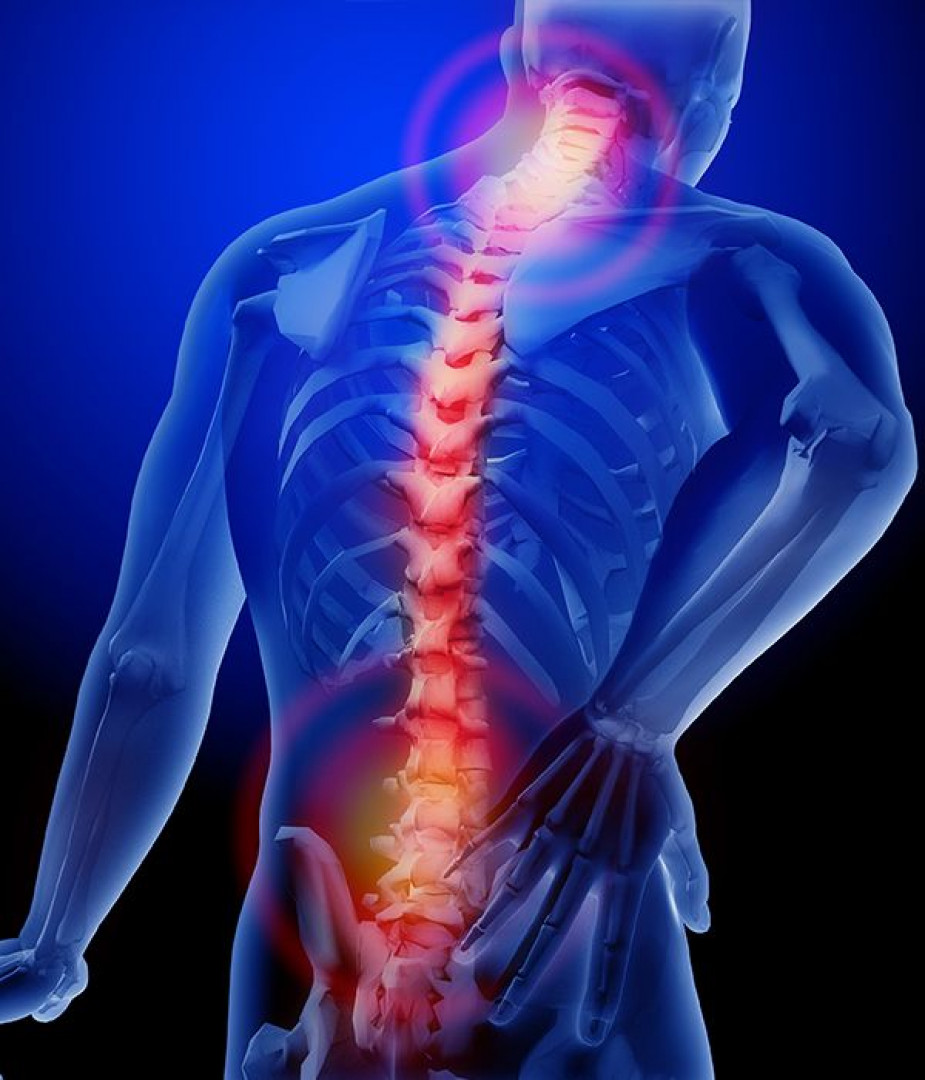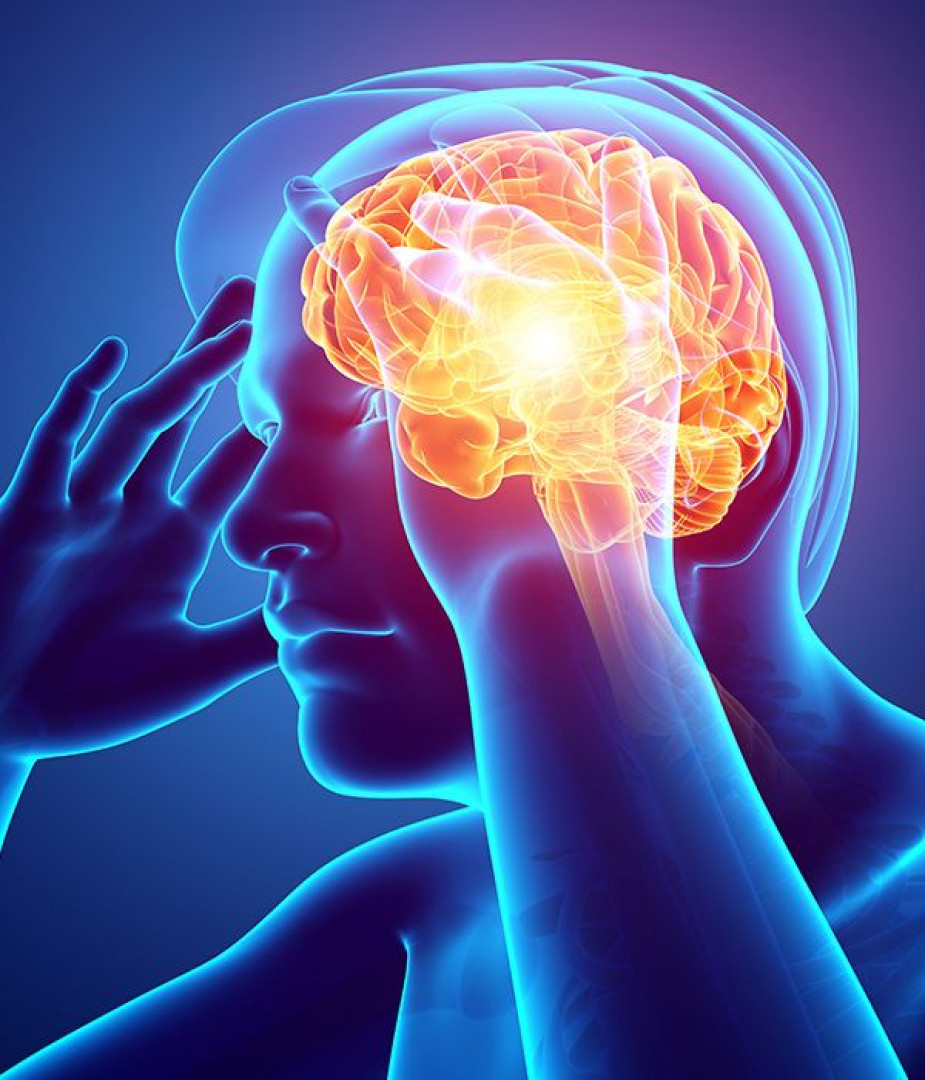Neuromuscular Imaging Research Laboratory
Our research team is working to identify the factors which influence the transition of acute to chronic pain following trauma. We particularly focus on whiplash injuries from motor vehicle collisions.
Our team uses advanced magnetic resonance imaging (MRI) to measure changes in spinal cord anatomy and muscle degeneration, to help us determine what’s contributing to persistent pain.
Our research delivers broad ranging benefits from preventing, diagnosing and treating trauma-related pain.
Part of our research strength comes from our multi-disciplinary approach, involving the fields of magnetic resonance physics, radiology, emergency medicine, biomedical and mechanical engineering, speech language pathology, neurophysiology and physical therapy.

 Professor James Elliott
Professor James Elliott
Academic Director Kolling Institute
Academic Director Allied Health and Public Health - Northern Sydney (Arabanoo) Precinct - The University of Sydney

PhD Students and Supervisors
Louise Hansell
Diagnostic lung ultrasound (LUS) in critical care: lung aeration change associated with chest physiotherapy treatment.
Supervisors – Dr. Maree Milross, Dr. George Ntoumenopoulos, Prof. James Elliott
LUS is an emerging tool for the ICU physiotherapist in treating respiratory problems in mechanically ventilated patients, due to its well documented diagnostic accuracy. Its use as an adjunct to bedside respiratory assessment tools should allow physiotherapists to better monitor disease progression or improvement associated with chest physiotherapy treatment. With more appropriate treatment selection, we anticipate improvements in patient outcomes, particularly reduced time of ventilation and reduced ICU length of stay.
Jade Barclay
Clinical management priorities for syndromic hypermobility and chronic pain.
Supervisors – Prof. James Elliott, Prof Sarah Dennis, A/Prof Leslie Nicholson, Dr. Clifton Chan
Hypermobile patients often experience significantly delayed diagnosis and require multiple medical and allied health specialists due to highly complex needs. This project aims to use a mixed methods dual-arm adapted-Delphi study to determine the management priorities for hypermobile Ehlers-Danlos Syndrome (hEDS) from both patient and clinician perspectives. This study will inform future research, and potentially identify gaps in access to care and management priorities for this complex patient population. The aims of this study are to explore the top priorities in the management of hEDS from both patient and clinician perspectives, to establish a consensus ranking of top management priorities from both patient and clinician perspectives, to enable known management priorities to inform hEDS research, policy and practice, and to identify gaps between patient and clinician priorities in the management of hEDS.
Akane Katsu
Return to employment for working-aged adults after burn injury.
Supervisors – A/Prof Lynette Mackenzie, A/Prof. Martin Mackey, Dr. Zephanie Tyack, Prof. James Elliott
The aim of this PhD project is to examine and map the existing literature on return to work after burn injury to clarify key concepts in the literature, analyse current knowledge gaps, and identify and establish priority research areas.
Priya Arora
Profiling Acute Musculoskeletal Presentations to Emergency Care Centres. Examining the Influence of Pre-Existing Medical & Psychopathology Diagnoses.
Supervisors – Prof. James Elliott, Dr. Fereshteh Pourkazemi
Musculoskeletal conditions are the fourth leading cause of years lived with disability globally. Alarmingly, this was the exact rank in 1990, suggesting that research into prevention and rehabilitation of musculoskeletal pain over the past 30 years has had little effect on its overall global burden. The precise reasons some people fail to fully recover while others follow a less problematic recovery are becoming clearer, following consideration of psychosocial predictors, such as anxiety, depression and stress. Effective interventions however have proven elusive. Potential reasons are that musculoskeletal disorders are not all the same. They are more common in women and appear to have a larger impact on those who are older. One factor was the experiences of other life stressors not directly related to the trauma but proposed to influence the reaction to the trauma through a cumulative load-type pathway. In this model, chronic pre-trauma stress affects both psychological and physiological resilience in those who experience a musculoskeletal injury, increasing post-trauma stress and pain.
Janine Stirling
Exploring an Assessment and Treatment Guideline for Physiotherapists who may
Treat Patients Presenting with Sexual Trauma.
Supervisors – Prof. James Elliott, Prof. Rita Shackel (School of Law), Prof. Luke Henderson (SOMS)
Sexual assault and childhood sexual abuse is common, not only in Australia where a quarter of women and a tenth of men are impacted, but also in countries right around the world. At an individual level, the lifetime cost per rape victim, was estimated in 2014 to be around US$122,461. The burden, however, is not just financial, there are numerous health implications associated with sexual assault. These include mood disorders, post-traumatic stress disorder, suicidality, as well as chronic pain and somatic conditions. The personal and economic costs of sexual assault are staggering and reveal an urgent need for action to ensure an informed response can help mitigate the suffering experienced by individuals. This PhD has two areas of focus, the first will investigate the impact that a sexual assault involving tonic immobility has on a person’s wellbeing, ‘later in life’: through the lens of neurobiological, physiological, and neuropsychological sequelae. The second will explore impediments to providing trauma sensitive care in tertiary health care settings. Quantifying sequelae of sexual assault and exploring barriers to providing trauma sensitive care, will help inform practice and ensure that individuals with this experience receive appropriate care that is tailored to their specific presentation.
Woo Shik (Brian) Kim - PhD Student

Our team has a broad range of national and international collaborators spanning the fields of magnetic resonance physics, radiology, emergency medicine, biomedical and mechanical engineering, speech language pathology, neurophysiology and physical therapy.
By working across these disciplines, our team is in the best position to understand why pain transitions from acute to chronic pain for some people and not others. Strong collaborations will assist our team to help reduce the rate of transition to chronic pain.

Professor James Elliott
- Neuromuscular Mechanisms Underlying Poor Recovery from Whiplash Injuries
- Harnessing Data for Better Health
- Whole-body MRI
- Elliott and Ken Weber (Stanford) - Supervised machine learning methods in the field of deep learning artificial intelligence used to solve complex clinical pattern recognition problems
- Elliott and Dave Walton (U Western, Ontario, Canada) A stress-diathesis model of chronic musculoskeletal conditions as a new framework to drive prevention and rehabilitation forward
Louise Hansell
Diagnostic lung ultrasound (LUS) in critical care: lung aeration change associated with chest physiotherapy treatment.
LUS is an emerging tool for the ICU physiotherapist in treating respiratory problems in mechanically ventilated patients, due to its well documented diagnostic accuracy. Its use as an adjunct to bedside respiratory assessment tools should allow physiotherapists to better monitor disease progression or improvement associated with chest physiotherapy treatment. With more appropriate treatment selection, we anticipate improvements in patient outcomes, particularly reduced time of ventilation and reduced ICU length of stay.
Jade Barclay
Clinical management priorities for syndromic hypermobility and chronic pain.
Hypermobile patients often experience significantly delayed diagnosis and require multiple medical and allied health specialists due to highly complex needs. This project aims to use a mixed methods dual-arm adapted-Delphi study to determine the management priorities for hypermobile Ehlers-Danlos Syndrome (hEDS) from both patient and clinician perspectives. This study will inform future research, and potentially identify gaps in access to care and management priorities for this complex patient population. The aims of this study are to explore the top priorities in the management of hEDS from both patient and clinician perspectives, to establish a consensus ranking of top management priorities from both patient and clinician perspectives, to enable known management priorities to inform hEDS research, policy and practice, and to identify gaps between patient and clinician priorities in the management of hEDS.
Akane Katsu
Return to employment for working-aged adults after burn injury.
The aim of this PhD project is to examine and map the existing literature on return to work after burn injury to clarify key concepts in the literature, analyse current knowledge gaps, and identify and establish priority research areas.
Priya Arora
Profiling Acute Musculoskeletal Presentations to Emergency Care Centres. Examining the Influence of Pre-Existing Medical & Psychopathology Diagnoses.
Musculoskeletal conditions are the fourth leading cause of years lived with disability globally. Alarmingly, this was the exact rank in 1990, suggesting that research into prevention and rehabilitation of musculoskeletal pain over the past 30 years has had little effect on its overall global burden. The precise reasons some people fail to fully recover while others follow a less problematic recovery are becoming clearer, following consideration of psychosocial predictors, such as anxiety, depression and stress. Effective interventions however have proven elusive. Potential reasons are that musculoskeletal disorders are not all the same. They are more common in women and appear to have a larger impact on those who are older. One factor was the experiences of other life stressors not directly related to the trauma but proposed to influence the reaction to the trauma through a cumulative load-type pathway. In this model, chronic pre-trauma stress affects both psychological and physiological resilience in those who experience a musculoskeletal injury, increasing post-trauma stress and pain.
Janine Stirling
Exploring an Assessment and Treatment Guideline for Physiotherapists who may
Treat Patients Presenting with Sexual Trauma.
This proposal will investigate current evidence-based literature to inform an assessment, prediction and treatment approach that specialist pelvic floor physiotherapists may adopt in clinical practice when treating patients with a sexual assault or childhood sexual abuse trauma history.
SHP Roadshow heads north
Posted on: 14 November, 2025
Northern Sydney Local Health District hosted the latest stop on Sydney Health Partners’ 2025 roadsho..... Read more
The Kolling welcomes Australia’s leading genomics provider to the institute
Posted on: 03 November, 2025
Researchers within the Kolling Institute will shortly have the chance to strengthen their genomics c..... Read more
New study tests how stress and big meals can trigger a heart attack
Posted on: 31 October, 2025
A heavy Christmas lunch, an argument or even smoke from a bushfire may seem harmless, but for people..... Read more






